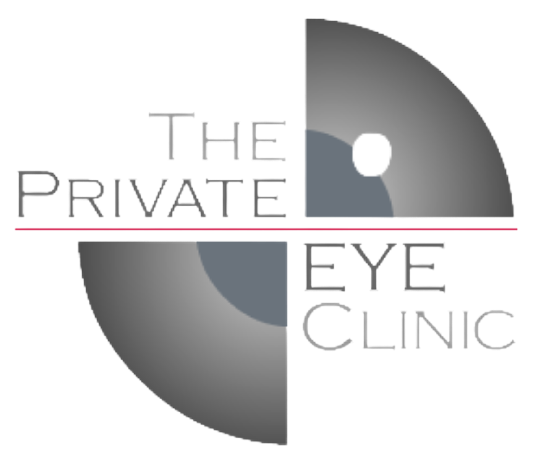
Thyroid Eye Disease
The eye muscles can be damaged by the same process that can affect the thyroid gland. That is why thyroid hormone imbalance is frequently associated with eye problems.
The usual explanation: antibodies to thyroid tissue have 2 separate effects:
1. They damage thyroid tissue causing hormone imbalance; this threatens your health, and ….
2. They also damage eye muscles.
Effects of Thyroid Eye Disease
-
Double Vision (diplopia). The abnormal thyroid status alters the eye muscles that move the eye.
-
Proptosis (bulgy eye). Due to swelling of the muscles around the eye and of the fatty tissues around the eye.
-
Lid Retraction. Due to excessive stimulation of a muscle in the upper lid by thyroid hormone.
-
Optic nerve compression. This is serious and potentially blinding. It is very rare. If you notice blur that is new or greying of vision or loss of colour in your vision (different to the other eye), you need to report this urgently
-
Glaucoma. Raised pressure in the eye, which, if not treated, can after some years damage the vision.
Usual Expectations
Most cases of thyroid eye disease get worse over a year or two (or three) and then stabilise. A small number of cases can improve and a very small number improve dramatically. It is uncertain what effect thyroid function control has on the progress of the eye disease, but most doctors believe that it is important to have good control with blood tests etc.
Smokers (including passive smokers)
There is no doubt that smoking makes thyroid eye disease worse, and interferes with the effects of any treatment (as well as causing other health issues – if tobacco is used as designed, it has an eventual death rate of 50%!). You should see your doctor TODAY OR TOMORROW to start nicotine replacement (use as much as you need – be generous with yourself) and one of the “new” pills to help you (Zyban, Champix). We can help you find a doctor if you need.
Medication/ Treatments
Radioactive iodine treatment which is necessary to control the thyroid dysfunction makes the eye disease worse in some patients (especially those who already have eye problems).
Selenium Supplements. In Europe, taking Selenium (100 mcgms twice daily) improves thyroid eye disease in some patients. It is not known if this will help people living in Melbourne. I would recommend you try it for 6 months and then decide.
Photograhic Evidence
Photos Are Very Helpful
It helps me a lot to look at a series of photos of your face. Have someone take a close up frontal shot and also a close up of the left side and right side of your face. If there is any change in your appearance after, say 6 or 12 months, repeat the photos. Having a gallery of photos like this makes it easier to be accurate and precise about what is happening to the bulginess and lid retraction of thyroid eye disease in you.
Bring along your worst photos (show them to me before you delete them).
Treatment of Thyroid Eye Disease
-
Proptosis
The best treatment for this is surgery. Oral steroids are sometimes used whilst waiting for surgery.
-
Glaucoma
Eye drops are used. Sometimes surgery is performed to the eye muscles if the tightness of these muscles has produced the glaucoma.
-
Optic Nerve Compression
This is usually treated with surgery though steroids can sometimes be used whilst waiting for surgery.
-
Lid Retraction
Various drops are used to help irritation. Sometimes Botox is used. Eventually when everything is stable eyelid surgery may be required and the results are usually excellent.
-
Double Vision
This is initially treated with prisms that are ground into the spectacles or stuck onto the surface of spectacles (Fresnel prism).
If these do not work we can inject an affected muscle with a paralyzing toxin (Botox). Botox is spectacularly successful in only about 10% of patients, and helpful in another 20%. When it is clear that matters are stable for some months you can have surgery on the eye muscles if prisms and/ or Botox are inadequate or not desired. Each surgery has about a 50% success rate.
Links to find further information
This information handout is protected by the laws of Copyright and must not be reprinted, copied or otherwise disclosed in whole or in part to any person without the written consent of Dr. Lionel Kowal.
